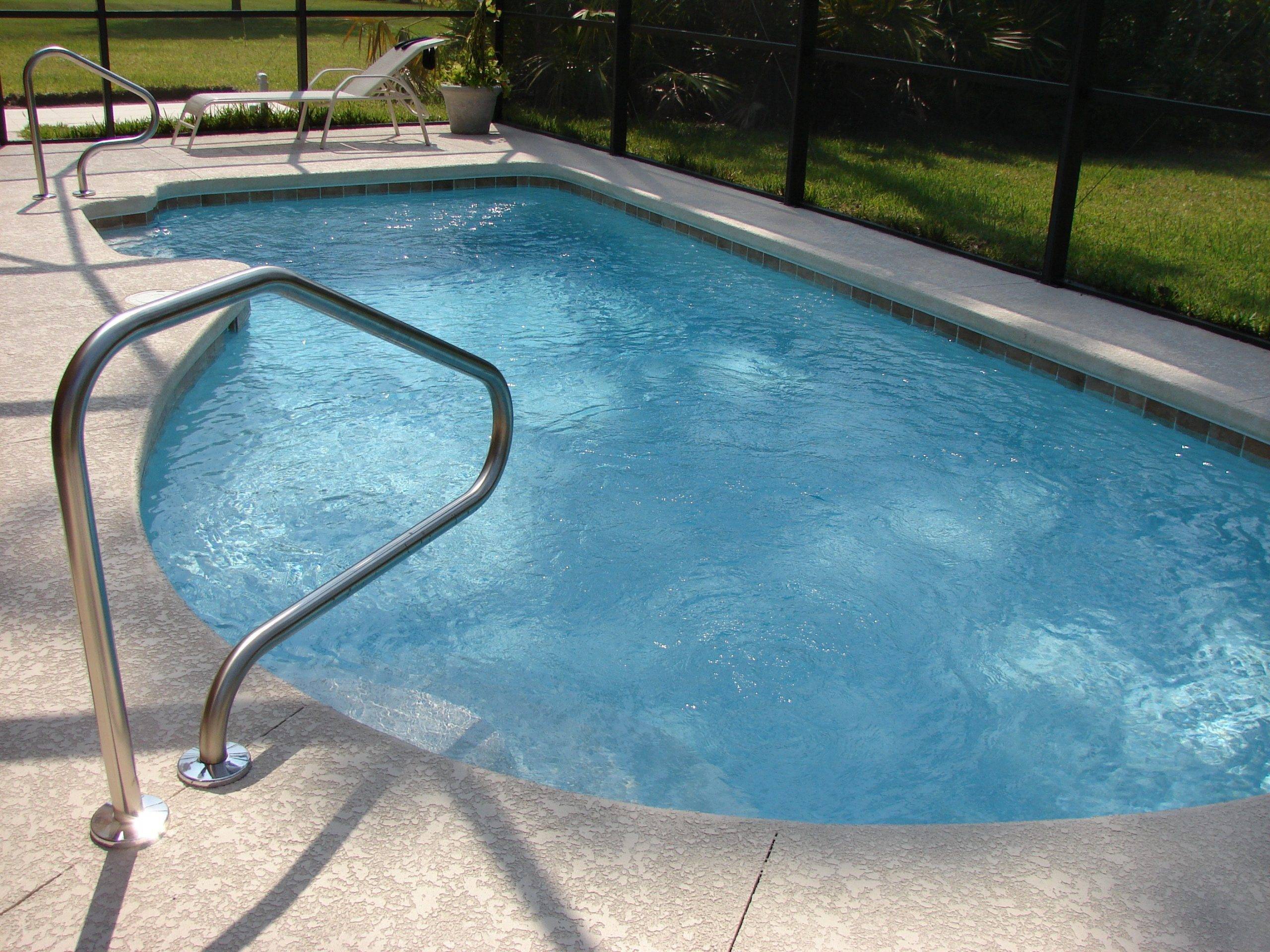Hello, all.
We are new pool owners and have been handling our own chemicals for about two months now. Pool is only 4 months old.
We have read the articles here for pool school and introduction and have decided to follow the advice and switch to liquid chlorine.
We have the Pool Math app too which is a great help.
I test our pool at least 3 times a week with a Taylor 2006 kit and have the Water Guru that sends us daily tests (although they seem to run very slightly higher than the Taylor kit).
I took the tabs out of the in line chlorinator and we removed the floater the builder placed in the pool. We want to avoid the CYA climbing too high. We then tested the water before adding anything.
We then added the amount of liquid chlorine the pool math app stated and waited about 3 hours and tested again the same time the Waterguru is set to send a reading for comparison.
Here are our numbers from the Taylor kit and WaterGuru in parenthesis.
FC: 5.0 (4.8)
CC: 0.2
PH: 7.6 (7.7)
CYA: 50 (59)
TA: 80 (72)
CH: 360 (366)
The hardest thing we seem to battle with is the PH fluctuation. It's always in range but we add acid pretty regularly (once sometime twice a week). We are North Texas and it's been 100+ degrees for two weeks or more now so we do have to top of water about once a week.
My question is when switching from Trichlor to liquid chlorine is there anything special that I need to do? Will I be adding some everyday and need to increase my Taylor testing to everyday or is that overkill?
Sorry for the long post, but thank you in advance for the help. Trichlor tabs are so easy but I have read the warnings about the side effects. I don't want to mess our progress up by swapping to liquid.
We are new pool owners and have been handling our own chemicals for about two months now. Pool is only 4 months old.
We have read the articles here for pool school and introduction and have decided to follow the advice and switch to liquid chlorine.
We have the Pool Math app too which is a great help.
I test our pool at least 3 times a week with a Taylor 2006 kit and have the Water Guru that sends us daily tests (although they seem to run very slightly higher than the Taylor kit).
I took the tabs out of the in line chlorinator and we removed the floater the builder placed in the pool. We want to avoid the CYA climbing too high. We then tested the water before adding anything.
We then added the amount of liquid chlorine the pool math app stated and waited about 3 hours and tested again the same time the Waterguru is set to send a reading for comparison.
Here are our numbers from the Taylor kit and WaterGuru in parenthesis.
FC: 5.0 (4.8)
CC: 0.2
PH: 7.6 (7.7)
CYA: 50 (59)
TA: 80 (72)
CH: 360 (366)
The hardest thing we seem to battle with is the PH fluctuation. It's always in range but we add acid pretty regularly (once sometime twice a week). We are North Texas and it's been 100+ degrees for two weeks or more now so we do have to top of water about once a week.
My question is when switching from Trichlor to liquid chlorine is there anything special that I need to do? Will I be adding some everyday and need to increase my Taylor testing to everyday or is that overkill?
Sorry for the long post, but thank you in advance for the help. Trichlor tabs are so easy but I have read the warnings about the side effects. I don't want to mess our progress up by swapping to liquid.



